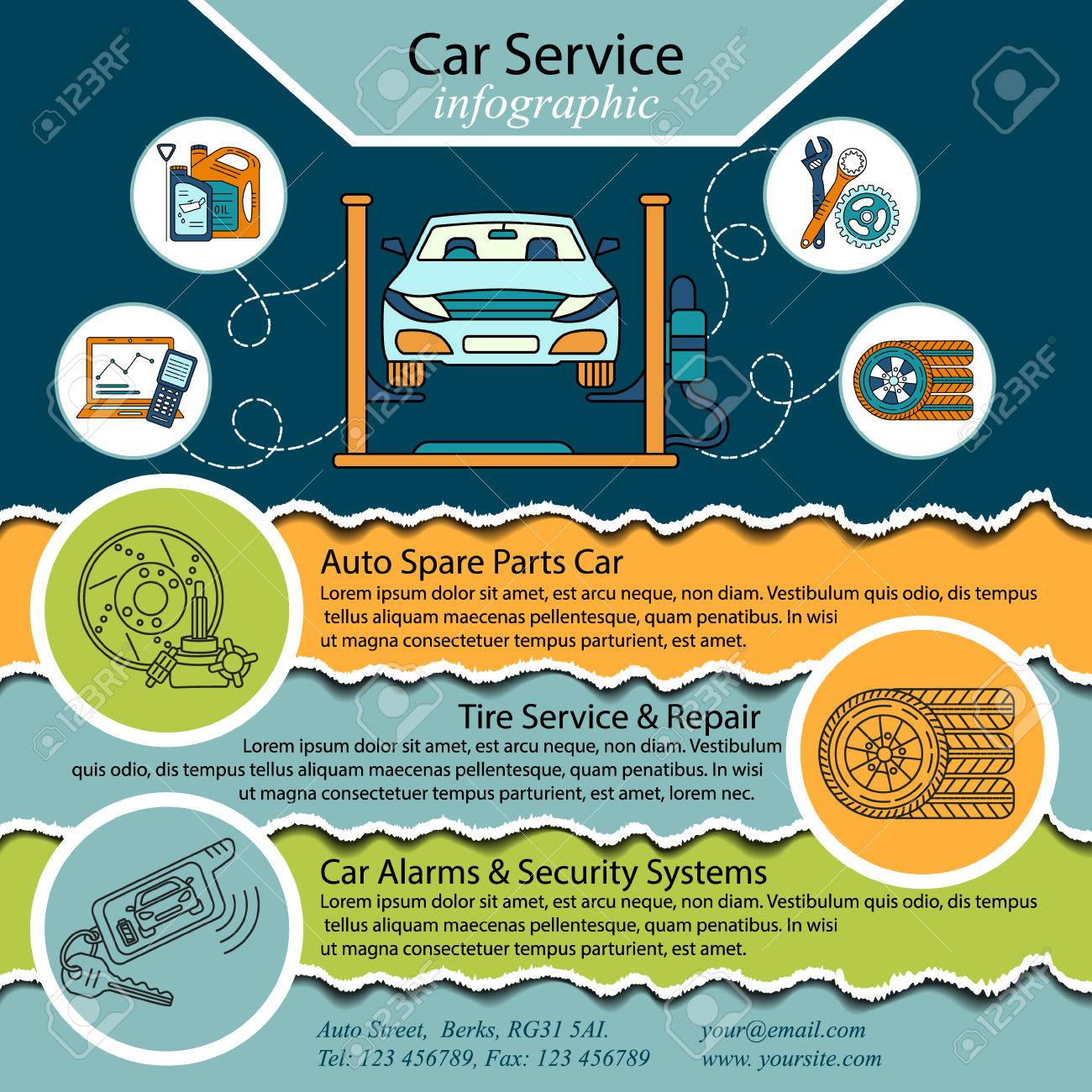Decoding Your Vehicle'S Warning Indicators: What They Really Represent
Decoding Your Vehicle'S Warning Indicators: What They Really Represent
Blog Article
Post Created By-Lim Torres
When you're behind the wheel, those beautiful caution lights on your dashboard can be a little bit complicated. Do you know what they're trying to inform you concerning your cars and truck's wellness? Understanding the value of these lights is important for your safety and the longevity of your lorry. So, the following time among those lights appears, wouldn't you wish to analyze its message precisely and take the required steps to address it?
Common Caution Lighting and Interpretations
Recognize typical caution lights in your vehicle and understand their definitions to make certain secure driving.
The most common caution lights consist of the check engine light, which signals problems with the engine or discharges system. If this light begins, it's vital to have your car examined promptly.
The oil stress alerting light shows low oil pressure, needing prompt focus to avoid engine damages.
A blinking battery light might suggest a damaged charging system, possibly leaving you stranded otherwise attended to.
The tire stress surveillance system (TPMS) light informs you to low tire stress, affecting vehicle security and fuel effectiveness. Neglecting this might result in risky driving conditions.
The abdominal muscle light suggests an issue with the anti-lock braking system, compromising your capacity to quit rapidly in emergency situations.
Lastly, the coolant temperature warning light warns of engine getting too hot, which can lead to severe damage if not resolved quickly.
Recognizing these usual warning lights will assist you resolve problems quickly and preserve risk-free driving problems.
Value of Prompt Interest
Comprehending the usual warning lights in your car is just the primary step; the significance of immediately addressing these cautions can not be highlighted sufficient to ensure your security on the road.
When a caution light brightens on your control panel, it's your vehicle's means of connecting a potential issue that requires attention. Overlooking these cautions can result in a lot more extreme issues in the future, endangering your security and potentially costing you much more out of commission.
Trigger focus to warning lights can prevent malfunctions and mishaps. As https://brakelinefittings95162.blogadvize.com/37162218/the-next-generation-of-auto-outlining-noteworthy-trends-and-technologies-coming-up , a blinking check engine light can indicate a misfire that, if left unattended, might trigger damages to the catalytic converter. Addressing autocarwashauckland without delay can conserve you from a pricey repair work.
In a similar way, a brake system cautioning light may signify low brake liquid or used brake pads, essential parts for your security when driving.
Do It Yourself Troubleshooting Tips
If you notice a caution light on your dashboard, there are a few do it yourself troubleshooting suggestions you can try before looking for professional assistance.
The initial step is to consult your vehicle's guidebook to recognize what the specific caution light shows. Often the issue can be as straightforward as a loose gas cap triggering the check engine light. Tightening the gas cap might solve the problem.
One more common issue is a low battery, which can activate numerous warning lights. Examining engine cleaning near me for deterioration and guaranteeing they're safe and secure may fix the issue.
If a warning light persists, you can attempt resetting it by separating the vehicle's battery for a few minutes and after that reconnecting it. Furthermore, inspecting your lorry's liquid degrees, such as oil, coolant, and brake fluid, can help fix advising lights connected to these systems.
Conclusion
Finally, understanding your automobile's caution lights is necessary for keeping your vehicle running efficiently and safely. By quickly addressing these signals and recognizing what they indicate, you can avoid expensive fixings and prospective breakdowns.
Remember to consult https://oilchangecost28394.blog5star.com/30684487/the-definitive-manual-for-recognizing-trustworthy-vehicle-repair-work-shops-in-your-locality and truck's manual for specific details on each alerting light and take action appropriately to guarantee a hassle-free driving experience.
Keep educated, stay secure when traveling!
